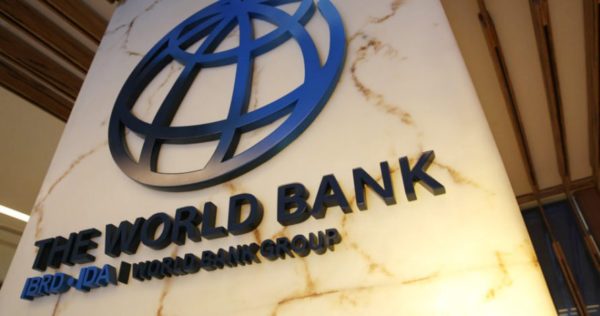The World Bank has expressed renewed concern over the deepening poverty crisis in Nigeria, revealing that 75.5 per cent of rural residents are now living below the poverty line.
This alarming figure was disclosed in the institution’s April 2025 Poverty and Equity Brief for Nigeria, which paints a grim picture of the country’s worsening economic conditions, especially for those outside urban centres.
The report underscores how the combined effects of inflation, insecurity, and economic stagnation are exacerbating inequality, with the rural poor bearing the brunt. It noted that while 41.3 per cent of urban dwellers are classified as poor, the situation is far more dire in rural areas where critical infrastructure and services remain inadequate.
Referencing data from Nigeria’s National Bureau of Statistics, the World Bank noted that 30.9 per cent of Nigerians were living below the international extreme poverty line of $2.15 per person per day in 2018/19 — even before the COVID-19 pandemic. It further highlighted stark regional inequality, with the poverty rate in the northern regions recorded at 46.5 per cent, compared to 13.5 per cent in the south. Nigeria’s Gini index — a measure of income inequality — stood at 35.1 during the same period.
The report also introduced Nigeria’s “Prosperity Gap,” which measures the average multiplier needed for individuals to reach a global prosperity standard of $25 per day. At 10.2, Nigeria’s gap is among the highest globally, further illustrating the scale of economic disparity within the country.
Children are disproportionately affected, with a staggering 72.5 per cent of those aged 0 to 14 years living in poverty. The report also highlighted gender disparities, noting that 63.9 per cent of females and 63.1 per cent of males are poor based on the $3.65 daily lower-middle-income poverty threshold. Educational attainment plays a key role in poverty status: 79.5 per cent of Nigerians with no formal education are poor, compared to just 25.4 per cent of those with tertiary education.
Multidimensional poverty indicators also show significant shortfalls. About 30.9 per cent of the population live on less than $2.15 a day, 32.6 per cent lack access to improved drinking water, 45.1 per cent do not have adequate sanitation, and 39.4 per cent have no electricity. Additionally, 17.6 per cent of adults have not completed primary education, while 9.0 per cent of households have at least one school-aged child out of school.
According to the World Bank, prior to the COVID-19 outbreak, efforts to reduce poverty had stalled, with the poverty rate decreasing by only 0.5 percentage points annually since 2010. In urban areas, the living standards of the poor have barely improved, and the availability of decent, productive jobs remains limited.
The report also addressed structural economic challenges responsible for Nigeria’s economic decline. These include weak fiscal discipline, inconsistent policy environments, poor governance, and an overdependence on oil revenue. It also cited a lack of strategic industrial policy, a persistent currency devaluation that has eroded household earnings, and stagflation marked by high inflation and low growth.
The World Bank’s analysis drew attention to Nigeria’s economic trajectory compared with countries like South Korea, which had a lower GDP per capita than Nigeria in 1960 but has since surged to over $36,000, dwarfing Nigeria’s current GDP per capita of $842.
While acknowledging recent reforms targeted at macroeconomic stability, the World Bank warned that surging inflation continues to erode the purchasing power of Nigerians, particularly in urban areas where wages have not kept pace with prices.
To address the growing crisis, the World Bank called for urgent and bold reforms to protect the most vulnerable from inflation shocks and to generate employment through more productive sectors.
